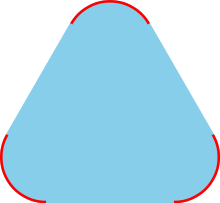00:00 - 02:0002:00 - 10:0012:00 - 17:0017:00 - 20:0020:00 - 21:0021:00 - 22:0022:00 - 23:0023:00 - 00:00
user54412
user54412
user54412
user54412
user54412
user54412
00:00 - 02:0002:00 - 10:0012:00 - 17:0017:00 - 20:0020:00 - 21:0021:00 - 22:0022:00 - 23:0023:00 - 00:00




